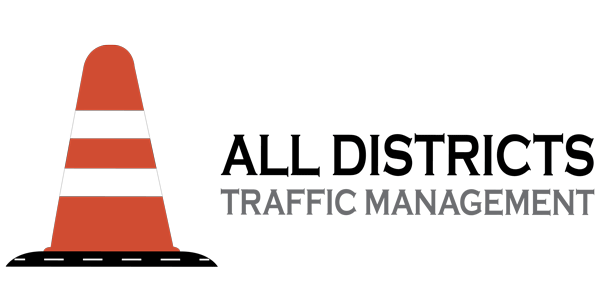Traffic management is crucial for large events to ensure the safety and convenience of attendees, as well as nearby residents and businesses. This article will discuss the importance of traffic management plans, their key components, and how to work with local authorities and transportation agencies.
To develop an effective traffic management plan, it is essential to thoroughly analyze and plan traffic flow patterns, considering factors like expected attendance, nearby road networks, and peak traffic hours. It’s also crucial to implement temporary road closures, rerouting of traffic, and designated parking areas for event attendees.
Collaborating with local authorities and transportation agencies is vital in ensuring the success of a traffic management plan. This includes coordination with law enforcement, traffic engineers, and emergency responders to address any potential issues that may arise during the event.
Clear communication with attendees is also important to provide directions and guidance for safe and efficient travel to and from the event. Post-event review and evaluation of the plan’s effectiveness can help identify areas for improvement and further enhance safety measures.
Construction zones can be hazardous environments for workers and motorists alike. Effective traffic control is necessary to ensure worker safety and reduce the risk of accidents. Considerations for successful traffic control include adequate signage, traffic barriers, flaggers, reduced speed limits, and regular equipment maintenance.
Hiring the right traffic control equipment is essential for managing traffic on construction sites and ensuring the safety of workers and motorists. Traffic cones, barricades, message boards, and arrow boards are commonly used equipment. It’s important to select the right equipment based on project size, hazards, and compliance with relevant safety standards.

